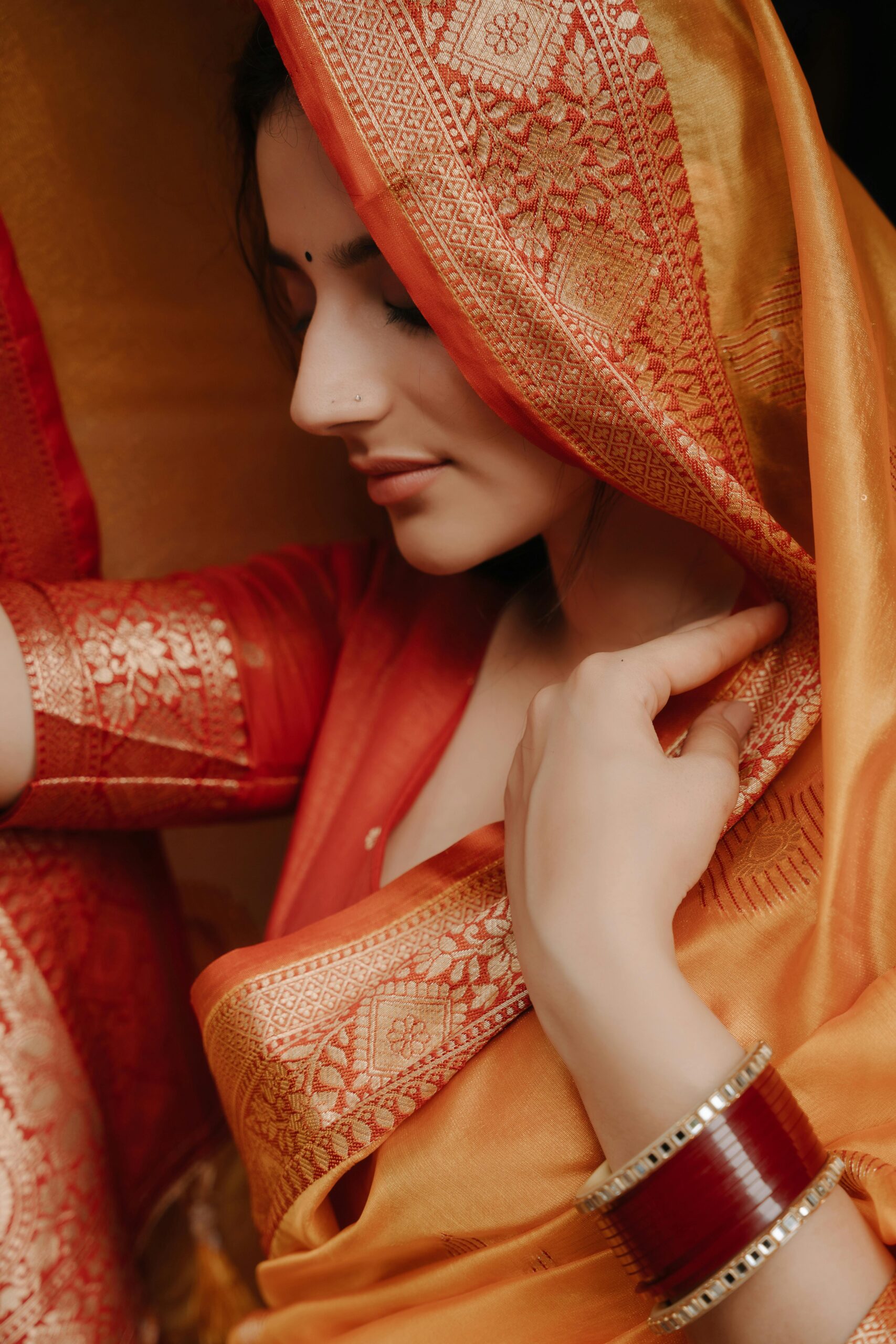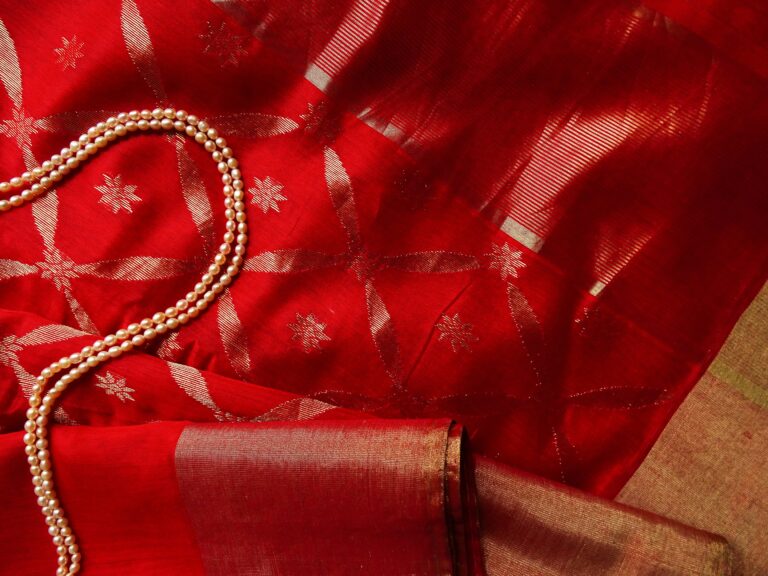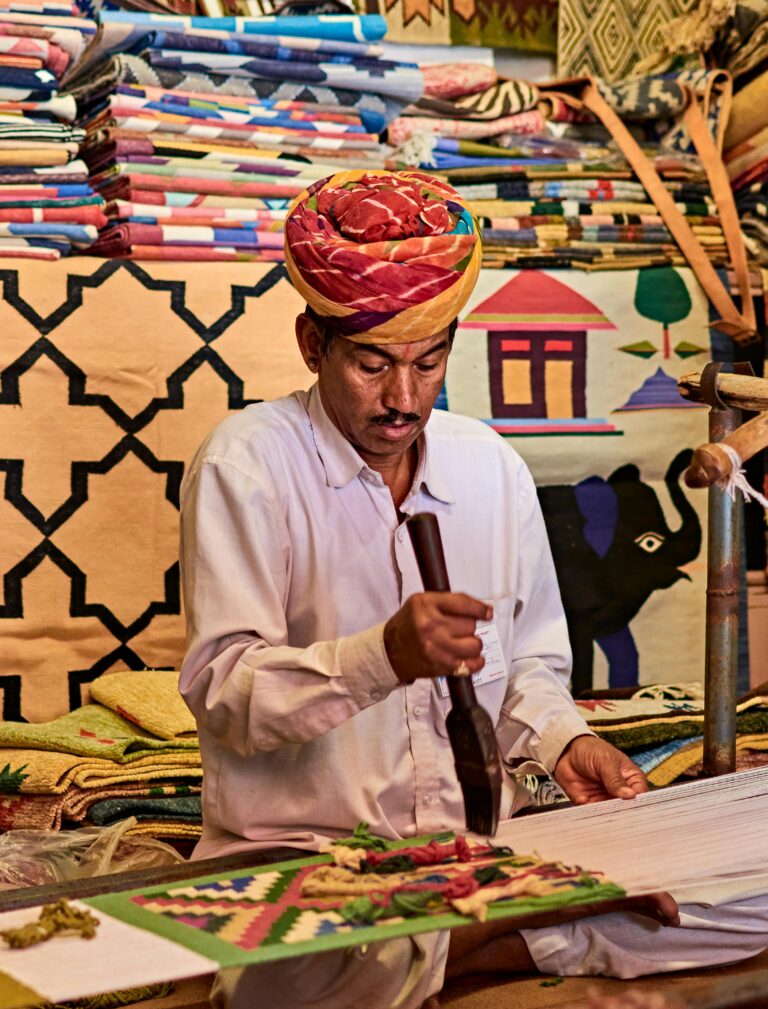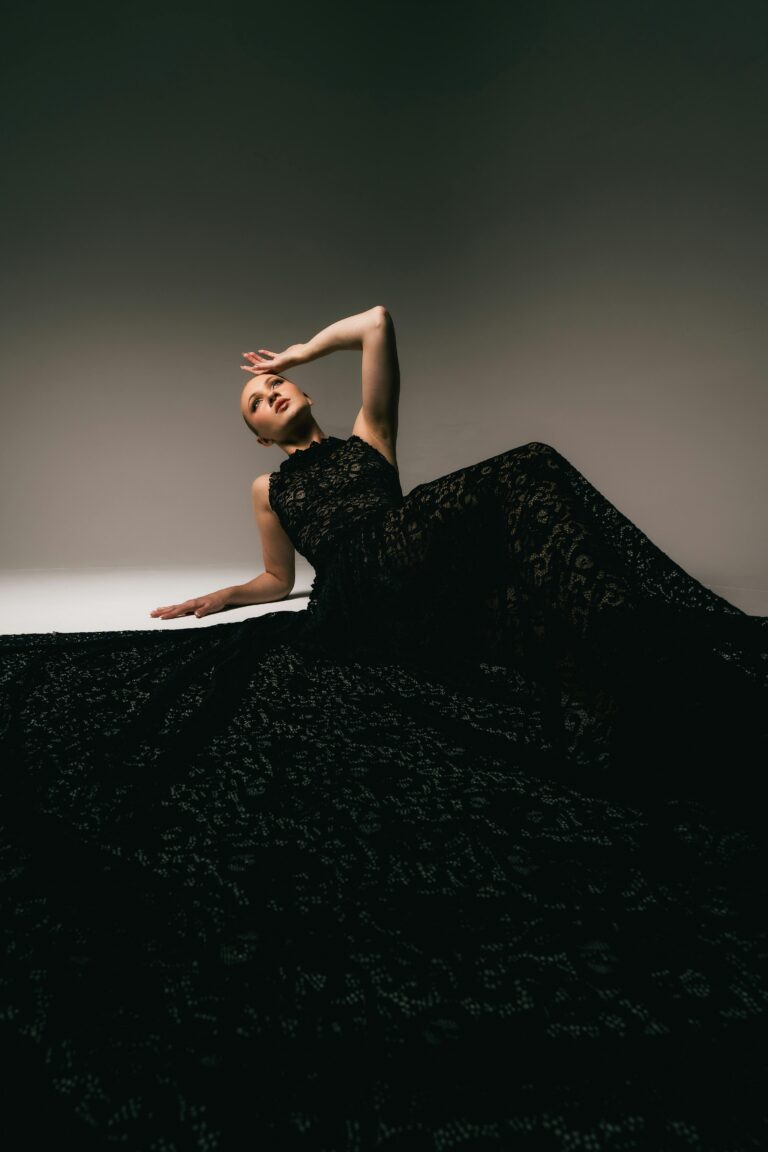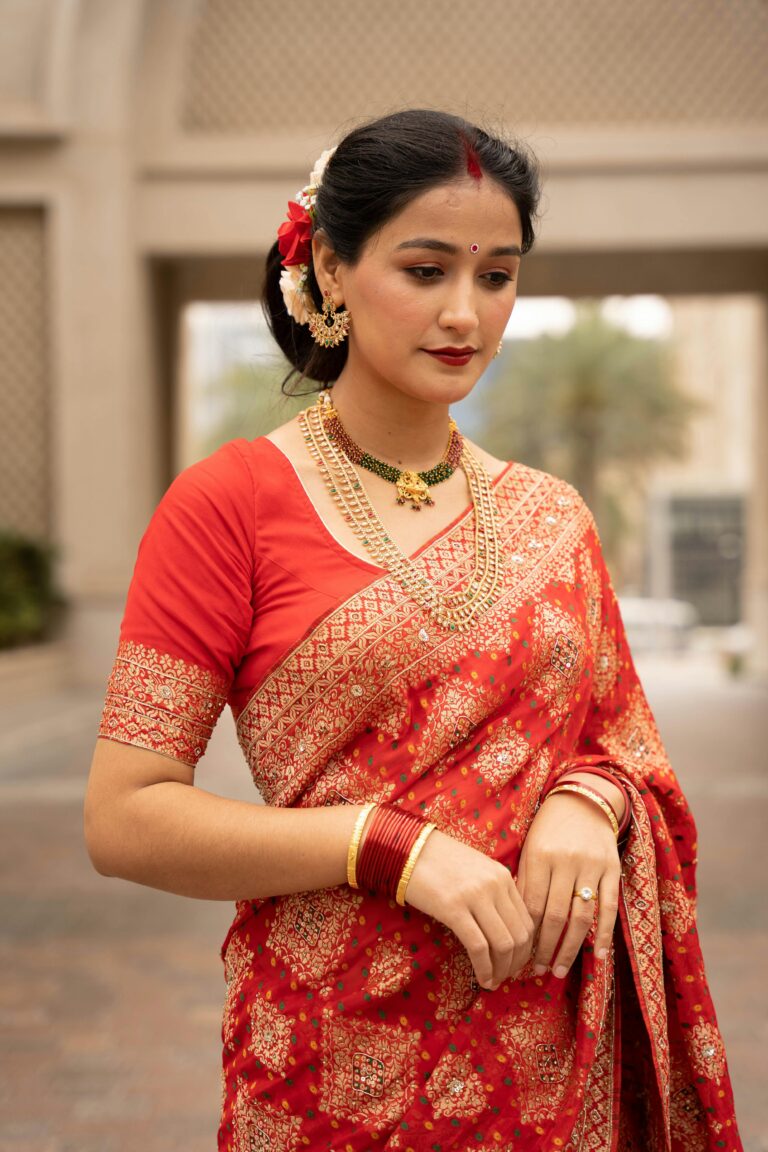Why Banarasi Isn’t Just Beautiful – It’s a Textile Language
In the world of fashion, certain cities are defined by their craft. When we think of Paris, we think of haute couture; with Milan, we think of leather and bespoke tailoring. And with Varanasi, we think of the handwoven silk saree. A city whose very name evokes opulence, not labour.
A true Banarasi saree catches the light, making your eyes lift with wonder. Its fabric is soft, yet its stories are hard. It rustles softly, like leaves stirred by the wind. This is no mere cloth; it is a language, romantic and steeped in history, felt before it is understood.
To drape a handloomed Banarasi is to feel a shift in your very being. It carries weight, yet never feels a burden. It is the psychological weight of heritage. Silk signals royalty, and here, that perception becomes reality. The wearer does not just walk; she glides. The Zari, woven with metallic thread, is more than decoration. It is the regal history of the Mughals and Indian royalty made tangible. Gold and silver threads catch the light. The fabric becomes a sky of stars, mapping radiance across the wearer. This is why it is called liquid gold: it flows, it radiates, it transforms.
But this language is more than a feeling; it is a vocabulary. The motifs are a textile language, expressing mood and story through every thread. The dense, floral Jangla pattern weaves vines and wildflowers into a boundless symbol of prosperity. The iconic Kairi motif, known globally as paisley, whispers of renewal and abundance, a feeling both ancient and new. Wearing the peacock motif her grandmother wore, a young woman participates in an unspoken conversation across generations. Fashion becomes a statement of belonging, a renewal of tradition.
But the lives of the weavers are not shining like the fabric they create. Once noble, their craft now teeters on the edge of extinction. With the growth of powerlooms, it is estimated that only 5% of Varanasi’s weavers still use the handloom. They face immense financial strain from the rising price of silk and significant health problems from the long hours of intricate work.
Once respected as artisans, they are now often seen as lowly. It poses a sharp, unavoidable question: when survival itself is uncertain, can they be asked to preserve the art?
This devastating question about survival takes on an even sharper edge when we consider the invisible hands that make the work possible. While men are the celebrated figures at the loom, it is the women who perform the essential tasks of dyeing the yarn, reeling the silk, and finishing the work. They are the supporting characters in this grand narrative, less celebrated, but utterly necessary.
This fragile legacy now faces a different kind of threat. A machine-made knock-off can mimic the look, but it lacks the soul entirely. It has the look, but the human story is entirely absent. This is the cultural flattening of the modern world.
The rich language of Banarasi: its motifs, its weaves, its lineage is being reduced to a single, shallow hashtag: #ethnicwear. It becomes something to be worn for a festival, then left to sit in a corner. Is this disrespect? Perhaps not. When a generation never learns its meaning, why would it matter to them? Especially when everything moves so fast that trends fade even before the henna on their hands, here today and in a corner tomorrow.
And yet, this language is not dying. It is being translated. A new generation of visionary designers, acting as translators for a new global dialect. They collaborate with master weavers, reviving heritage techniques to merge tradition with contemporary design, honouring the roots while sending it into the world.
This is not the crashing wave of a fast-fashion trend. It is a slow ripple, a deliberate and consistent presence that has endured for centuries. A trend comes and goes in a week; Banarasi is forever.
The ultimate responsibility, then, falls to the person who wears a true Banarasi heirloom today. In choosing the handloom, she becomes part of the story. The fabric carries memories of every generation that made and wore it. It also secures a future for the artisans who wove it. If you can feel the saree and see the world behind it, you are not just a consumer.
You become the keeper of its story.
